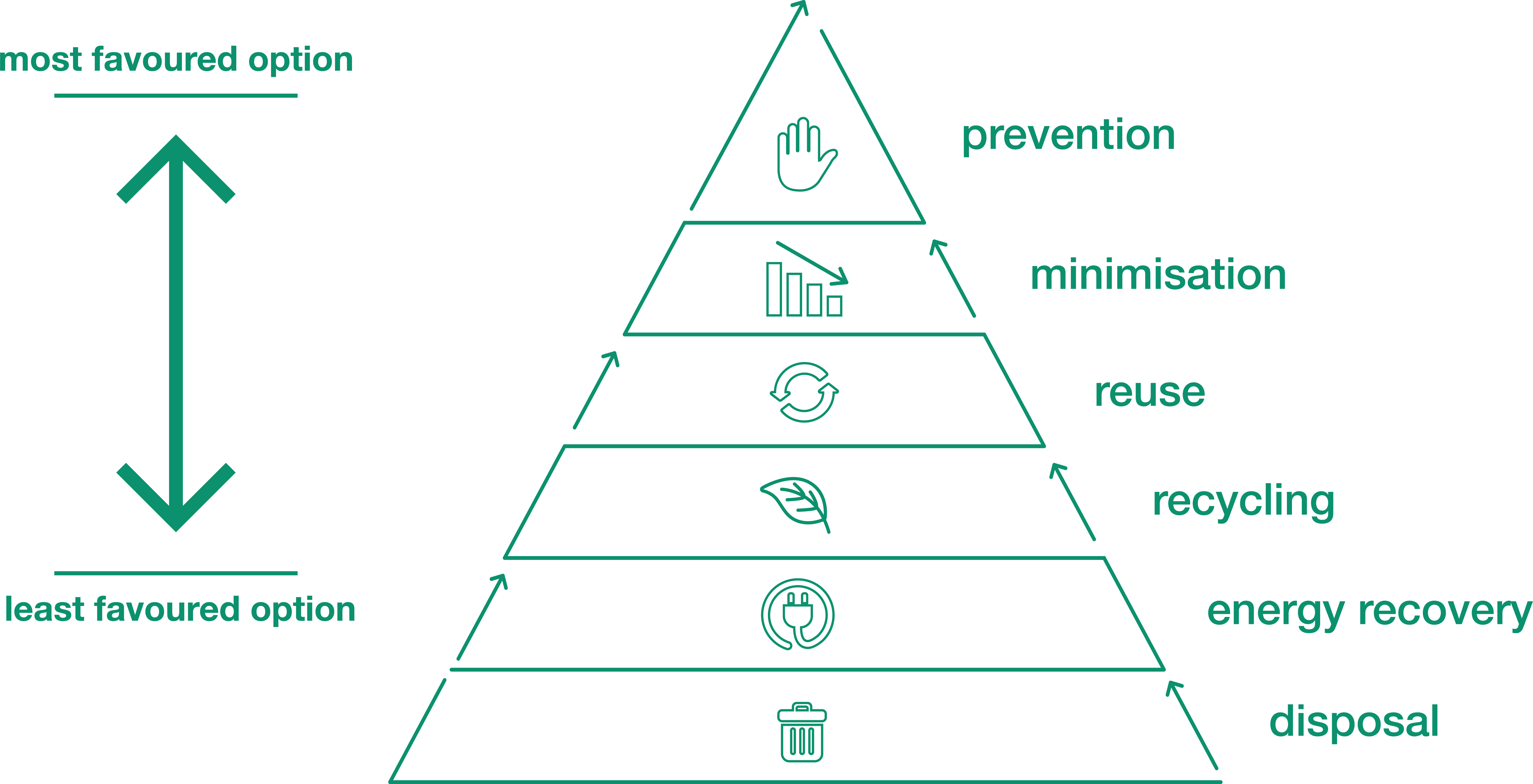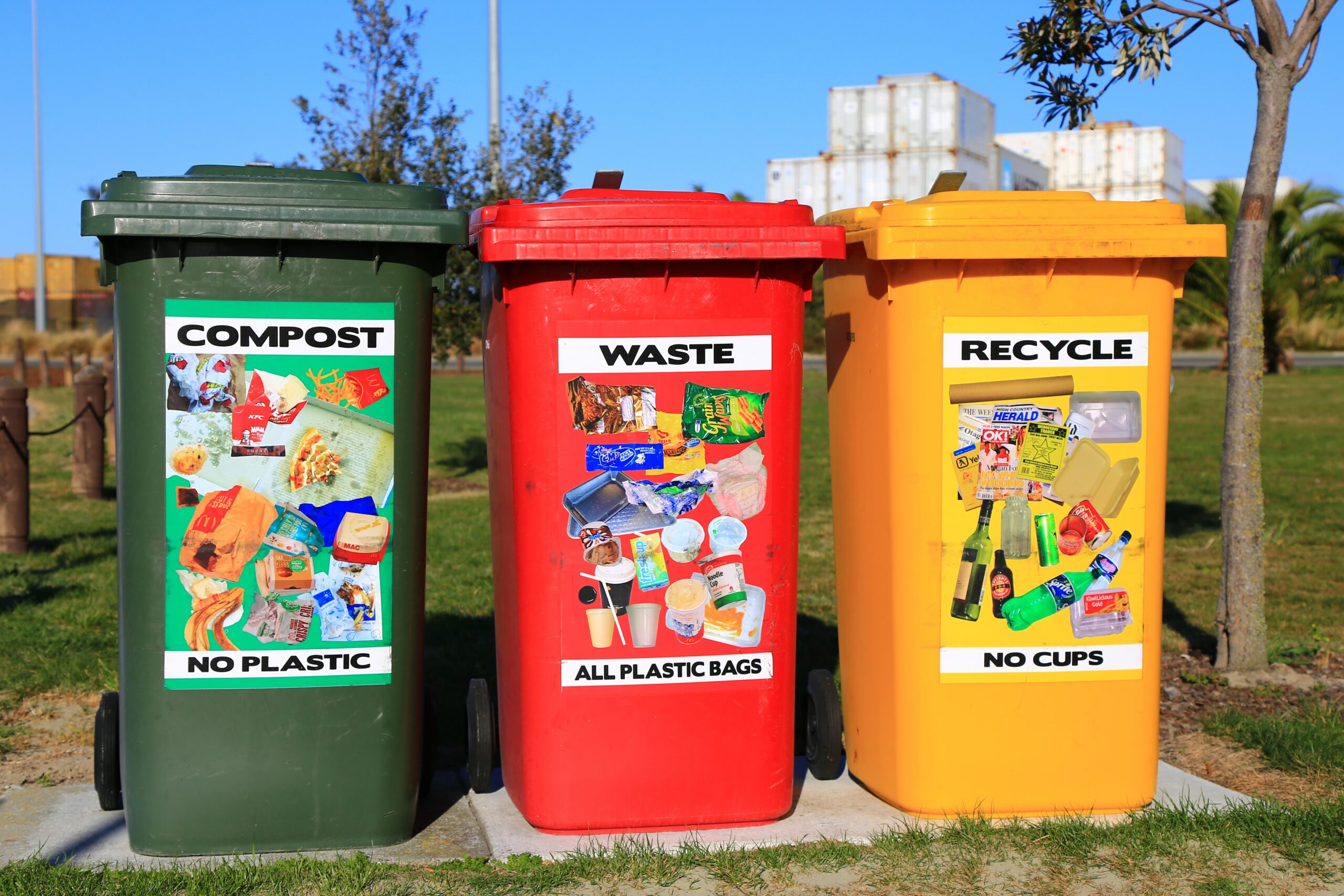Just How Recycling Lives Services Help Reduce Environmental Impacts
Just How Recycling Lives Services Help Reduce Environmental Impacts
Blog Article
Checking Out Various Kinds of Waste in Modern Waste Management Systems
The contemporary landscape of waste monitoring includes browsing an intricate selection of waste types, each calling for specialized handling and disposal approaches to alleviate environmental impacts. Metropolitan solid waste, dangerous waste, digital waste, and organic waste each existing distinctive challenges and chances for resource recovery. Cutting-edge solutions such as smart waste bins and waste-to-energy modern technologies are emerging as critical tools in boosting effectiveness and sustainability. Comprehending these waste kinds is necessary for cultivating public understanding and motivating active engagement in lasting methods. What approaches can efficiently attend to these varied kinds of waste while promoting a round economic situation?
Municipal Strong Waste
Local solid waste, usually described as house garbage or garbage, encompasses a selection of discarded materials created by property, industrial, and institutional sources within a municipality. This waste stream typically consists of items such as packaging, food scraps, backyard trimmings, paper, plastics, textiles, and discarded family products. The management of metropolitan solid waste is an important component of metropolitan planning and public wellness, necessitating efficient collection, transportation, and disposal systems.
Reliable waste monitoring systems are developed to lessen ecological impact while making best use of source recuperation. Composting organic waste, such as food scraps and lawn trimmings, not just reduces garbage dump usage however additionally creates beneficial soil modifications.
Municipalities have to also resolve the logistical and economic challenges connected with waste monitoring. Applying pay-as-you-throw systems, enhancing public recognition, and buying modern technology can substantially improve waste diversion rates. By integrating these practices, communities can cultivate lasting areas, lower greenhouse gas discharges, and save natural deposits.
Contaminated Materials

Reliable contaminated materials monitoring includes a number of essential actions: recognition, therapy, segregation, and disposal. Recognition requires the category of waste based upon its unsafe properties. Segregation ensures that unsafe products are saved separately from non-hazardous waste to avoid cross-contamination. Therapy methods, such as chemical neutralization, incineration, and stablizing, are utilized to decrease the toxicity, quantity, or mobility of the waste. Ultimately, disposal options, consisting of safe land fills and underground storage space, are chosen to make sure long-term containment.
Regulative structures, such as the Source Preservation and Recovery Act (RCRA) in the United States, offer guidelines and criteria for dangerous waste monitoring. Adherence to these policies, paired with improvements in waste therapy technologies, is necessary in alleviating the dangers related to contaminated materials.
Electronic Waste
Electronic waste, commonly referred to as e-waste, represents a rapidly growing difficulty in waste monitoring systems worldwide. This type of waste incorporates disposed of digital tools and devices such as mobile phones, computer systems, tvs, and other digital appliances. The rapid rate of technological improvement, coupled with reducing item life-spans and customer demand for the latest gadgets, has greatly boosted the quantity of e-waste produced each year.
E-waste is specifically troublesome as a result of its intricate composition, usually including dangerous compounds like cadmium, mercury, and lead, which posture significant ecological and health dangers if not correctly taken care of. Conversely, e-waste likewise includes valuable products such as gold, copper, and silver, which can be recouped and recycled. The dual nature of e-waste-- both unsafe and useful-- necessitates specific handling, recycling, and disposal procedures.
Reliable e-waste monitoring includes stringent governing frameworks, durable collection systems, and progressed recycling modern technologies. Public understanding and participation are vital, as improper disposal techniques, such as unlawful published here dumping and informal recycling, aggravate environmental contamination and health risks. Boosting e-waste monitoring methods is crucial for reducing eco-friendly effect and recovering beneficial sources in a significantly electronic globe.

Organic Waste
Organic waste, consisting of kitchen scraps, lawn trimmings, and farming residues, stands for a significant part of the worldwide waste stream. This sort of waste is naturally degradable, implying it can be damaged down by microorganisms right into less complex organic substances. Despite its potential for all-natural decomposition, inappropriate management of organic waste can bring about damaging environmental effects, consisting of the emission of greenhouse gases such as methane, which contribute to climate modification.
Reliable management of natural waste is important for lessening these ecological effects (recycling lives services). Composting is a widely adopted approach, transforming organic waste right into nutrient-rich compost that can improve soil health and wellness and agricultural productivity. Additionally, anaerobic food digestion is an emerging innovation that transforms organic waste right into biogas, a renewable resource resource, and digestate, which can be made use of as fertilizer
Municipalities and waste monitoring entities must execute durable natural waste collection and therapy programs to optimize the advantages of these procedures. Public education and learning campaigns can likewise play a crucial duty in encouraging homes and businesses to separate organic waste from other kinds of waste. By prioritizing the administration of organic waste, societies can lower garbage dump use, lower greenhouse gas exhausts, and create beneficial results for agricultural usage.
.jpg)
Cutting-edge Waste Administration
In the realm look at this now of waste administration, cutting-edge methods are changing just how societies manage their refuse, aiming for sustainability and performance. These innovations encompass a variety of innovations and practices that enhance reusing prices, lower landfill reliance, and reduced ecological effect. One popular development is the execution of wise waste bins geared up with sensing units that keep an eye on fill levels and enhance collection paths. This not just decreases fuel usage however additionally reduces greenhouse gas discharges.
One more noteworthy development is the fostering of waste-to-energy (WtE) technologies. By transforming non-recyclable waste into functional energy with processes such as incineration and anaerobic digestion, WtE minimizes garbage dump worry and supplies a sustainable energy resource. Innovations in chemical recycling enable for the failure of complex plastics right into their original monomers, enabling the development of brand-new, top quality plastic products.
Additionally, the circular economy model is gaining traction, stressing the layout of products and systems that prioritize reusability and resource efficiency. This holistic approach motivates markets to minimize waste generation from the outset. Via these ingenious approaches, modern waste monitoring systems are not just dealing with the prompt challenges of waste disposal but additionally leading the way for an extra lasting future.
Verdict
A comprehensive understanding of local strong waste, harmful waste, electronic waste, and natural waste, combined with the execution of ingenious waste administration services, is necessary for reducing environmental impacts. Integrating modern technologies such as clever waste bins and waste-to-energy systems can enhance effectiveness and sustainability. Efficient waste management techniques not only foster resource recuperation yet additionally advertise public understanding and involvement, eventually adding to the advancement of a round economy.
The modern landscape of waste management involves navigating a complicated variety of waste kinds, each needing specialized handling and disposal methods to alleviate environmental effects. Community strong waste, hazardous waste, electronic waste, Home Page and organic waste each present distinctive difficulties and chances for resource recuperation.Digital waste, typically referred to as e-waste, represents a swiftly growing challenge in waste monitoring systems worldwide. Through these cutting-edge techniques, modern waste monitoring systems are not just dealing with the prompt obstacles of waste disposal however likewise paving the means for an extra lasting future.
A detailed understanding of local solid waste, unsafe waste, electronic waste, and organic waste, coupled with the application of innovative waste monitoring options, is imperative for alleviating ecological influences. (recycling lives services)
Report this page